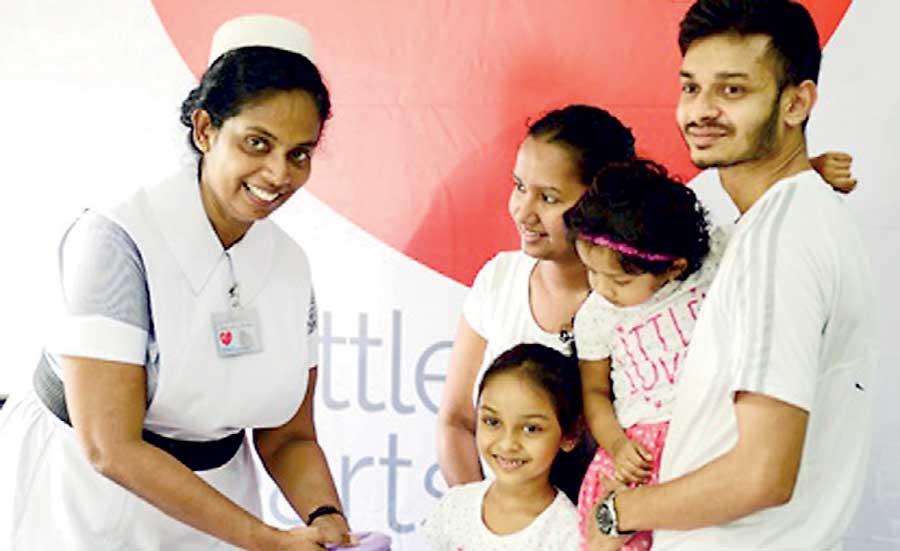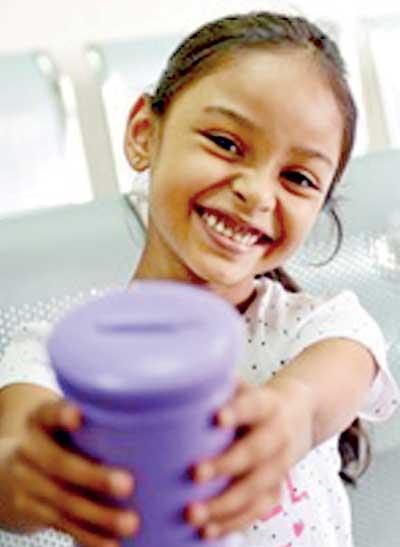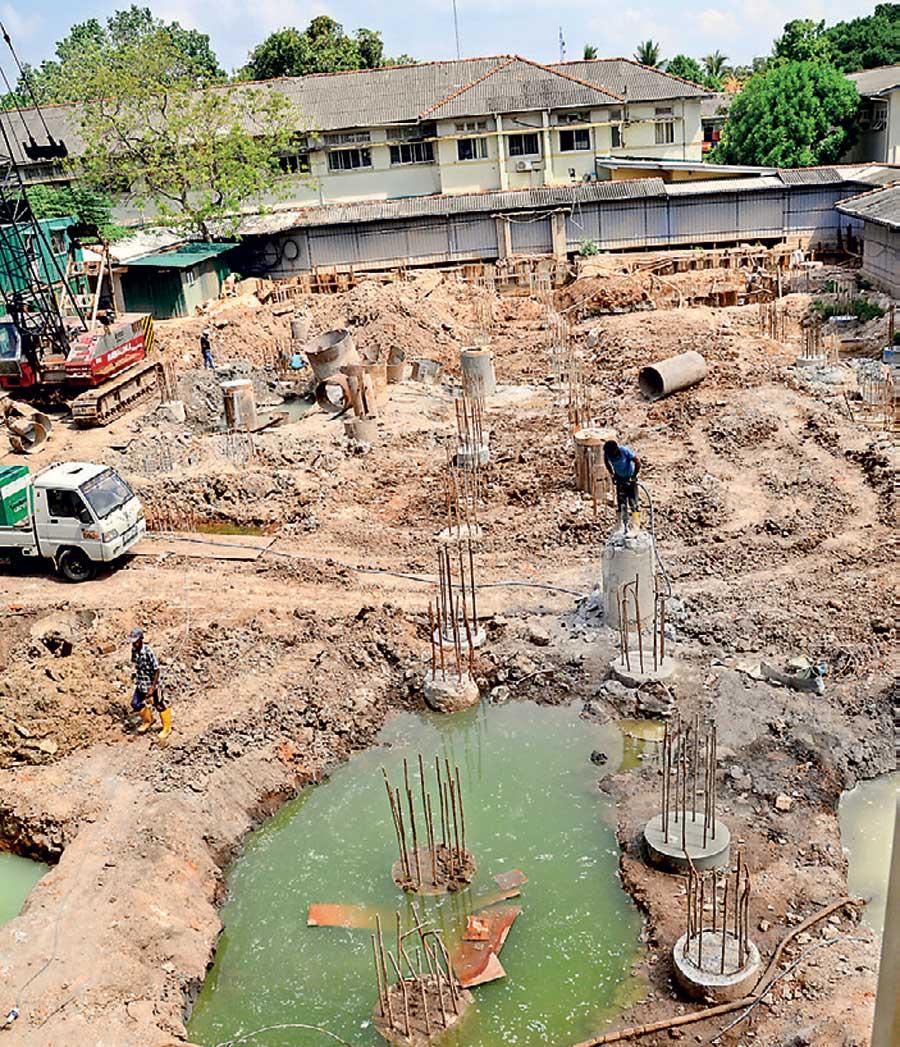Reply To:
Name - Reply Comment

Free health care is a service Sri Lanka can pride herself in having delivered; swerving away from the global issue of millions of lives lost over high health care costs. The equal opportunity and financial relief however encapsulates waiting lists, inaccessibility and deaths through incapacity.
Over 3000 children are born with Congenital Heart Disease (CHD) every year in Sri Lanka. Tragically, over 40% of these newborns have no access to treatment upon which their lives depend on. 
Lady Ridgeway Hospital for Children (LRH) is the only tertiary care referral centre for children with Congenital Heart Disease (CHD) in the country. Since its inception, the Children’s Heart Centre (CHC) of LRH has persevered to accommodate a variety of treatment options and an increasing number of patients. However the facility has reached its limit. Of the aforementioned 3000, only 1700 can be accommodated.
Ideally, such a hospital should have 10-30% of its beds for intensive care, but in reality only a mere 1% is available presently.
Hence, 60% of critically ill youngsters and their families are forced to resort to private treatment; forcing parents to so sell their properties, possessions and put everything on the line or else see their offspring succumb to the illness.
The Little Hearts Project
There is no question that an elevation and expansion of facilities was long overdue. The Little Hearts project which began in 2016 is now a hopeful two years away from its goal. Its journey to construct a Cardiac and Critical Care Complex at the Lady Ridgeway Hospital has thus far been fuelled by the nations’ generosity and has raised an estimated Rs.527 million purely through donations.
While its final target of Rs.2 billion is still a long way ahead, it is evident that it is not an unthinkable goal to realise if the entire nation chips in.
Dr. Duminda Samarasinghe, Consultant Paediatric Cardiologist at LRH highlighted the gravity of the project in this manner;
“The infant mortality rate is eight per thousand. To put that into perspective, over 3000 children will die before reaching their first birthday…Developed countries have strived to bring this rate down to four per thousand, which is a 50% reduction- purely by improving services.”
Impact of the project
 Given the current status, the Cath Lab at LRH performs around 600-700 catheter- based interventions and about 900 cardiac surgeries.
Given the current status, the Cath Lab at LRH performs around 600-700 catheter- based interventions and about 900 cardiac surgeries.
The completion of the project would raise these values and accommodate around 2000 cardiac surgeries.
Taking into account the multitude of services the project would make possible, annually, an astounding 10,000 lives could be saved through the provision of treatment at this facility.
And in a matter of two decades, 200,000 lives would be saved.
Further elucidating the weight of each contribution, Dr.Samarasinghe quoted, “If you divide the cost of 2 billion by 200,000 (the number of lives saved), each life is saved by an investment of 10,000 rupees.”
As with most ambitious visions, scepticism regarding the logistics and the maintenance of such a complex would be voiced, but Dr. Samarasinghe expressed that, “The first step in moving forward is to improve on infrastructure. People will ask if we have staff, equipment, adequate finances to maintain the unit, but we are aware of these questions. There is no point in asking questions without taking any action.”
Their inceptive goal was to construct a four-storey building which would have more than sufficed for their purpose. However taking into consideration the other services provided within the hospital, the project was expanded to a 12-storey building which now includes a bone marrow transplant unit as well.
Pillars of Strength
The hearts and minds behind the Little Hearts Project approached the College of Paediatricians; an organisation they knew also felt the importance of their cause and provided a strong footing for its execution. Together with them and the other instigators at Creative Software, Derana and Storybook the vision were upheld.
Since 2016, citizens, the Government, non-profits, SMEs and large corporations have flocked together to raise funds:
Prison inmates have donated one day’s meal.
The Army donated half a day’s salary which amounted to Rs. 70mn.
Companies and organizations have come forward and donated a day’s salary.
Till parades led by the island’s youngsters have raised millions.
Fundraisers varying from cycling challenges to concerts to selling stationary have been carried out.
And the government which allocated Rs.300 mn last year has promised a further 500 million this year on account of the national importance of the undertaking.
Financial Pathway
Dr.Samaranayake stressed that, “No cent was diverted anywhere else. If somebody donates, it is guaranteed that that money will go into construction.”
All money deposited in the banks will flow to the National Health Development Fund which will then direct the funds to the SL Navy which has undertaken the construction, and the Ceylon Engineering Consultancy Bureau (CECB). Necessary amounts have been allocated for subcontractors like Nawaloka Company which has shouldered the piling. KPMG is responsible for the auditing.
How can YOU give, to help others Live?
There is no telling when the cause of the Little Hearts Project may involve yourself or a loved one. Dr. Samaranayake related an account of a particular backhoe driver working on the project site. He who never foresaw the benefits of such facilities being associated by his family ultimately had his own child operated at LRH due to a heart disease.
Why wait for this national need to become personal?
If we are to provide all our children with equal opportunities at a healthier and happier life, it is crucial that we all invest our efforts on the success of this project that is already in motion. No contribution is too small.
Life Supporter
Donors who contribute via monthly subscriptions or one-time donations of under LKR 10,000 are descriptively called ‘Life Supporters’. Their donations help maintain hope and bring us closer to the goal of providing all critically ill children an equal chance at a healthier and happier life.
Life Saver
LKR 10,000 is the sum estimated to save one child’s life which is why it is a starting point for this donation type. By donating multiples of LKR 10,000, Life Savers quite literally save the lives of critically ill children of Sri Lanka. The total contribution a donor will ultimately make depends on his or her ability and goodwill.
National Hero
Sponsoring hospital equipment and halls earns donors the title of ‘National Hero’. This contribution will not only help thousands of children receive treatment on time per year, it will serve and save hundreds of thousands of children for generations to come.


The Cardiac and Critical Care Complex at the Lady Ridgeway Hospital under construction
pic by Waruna wanniarachchi